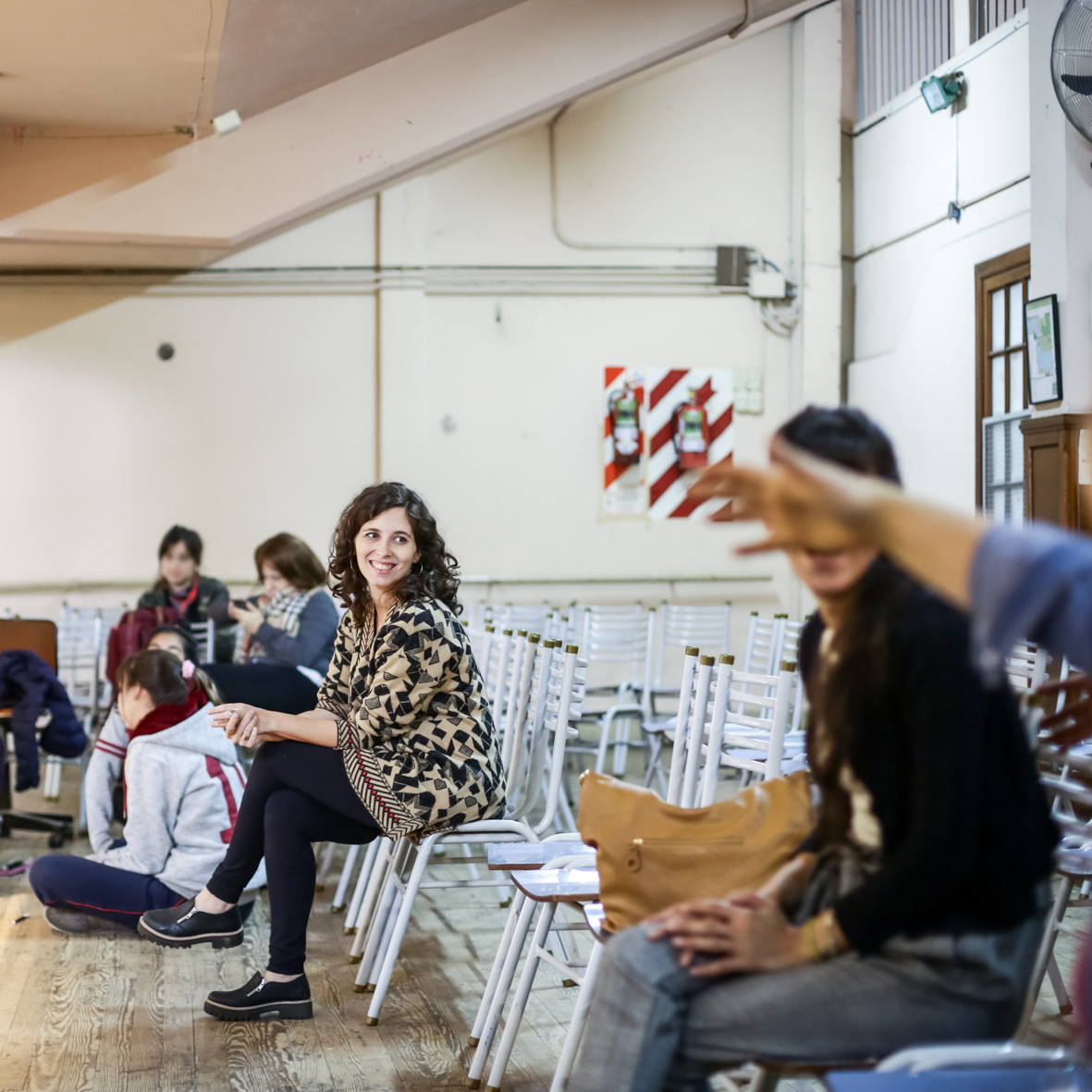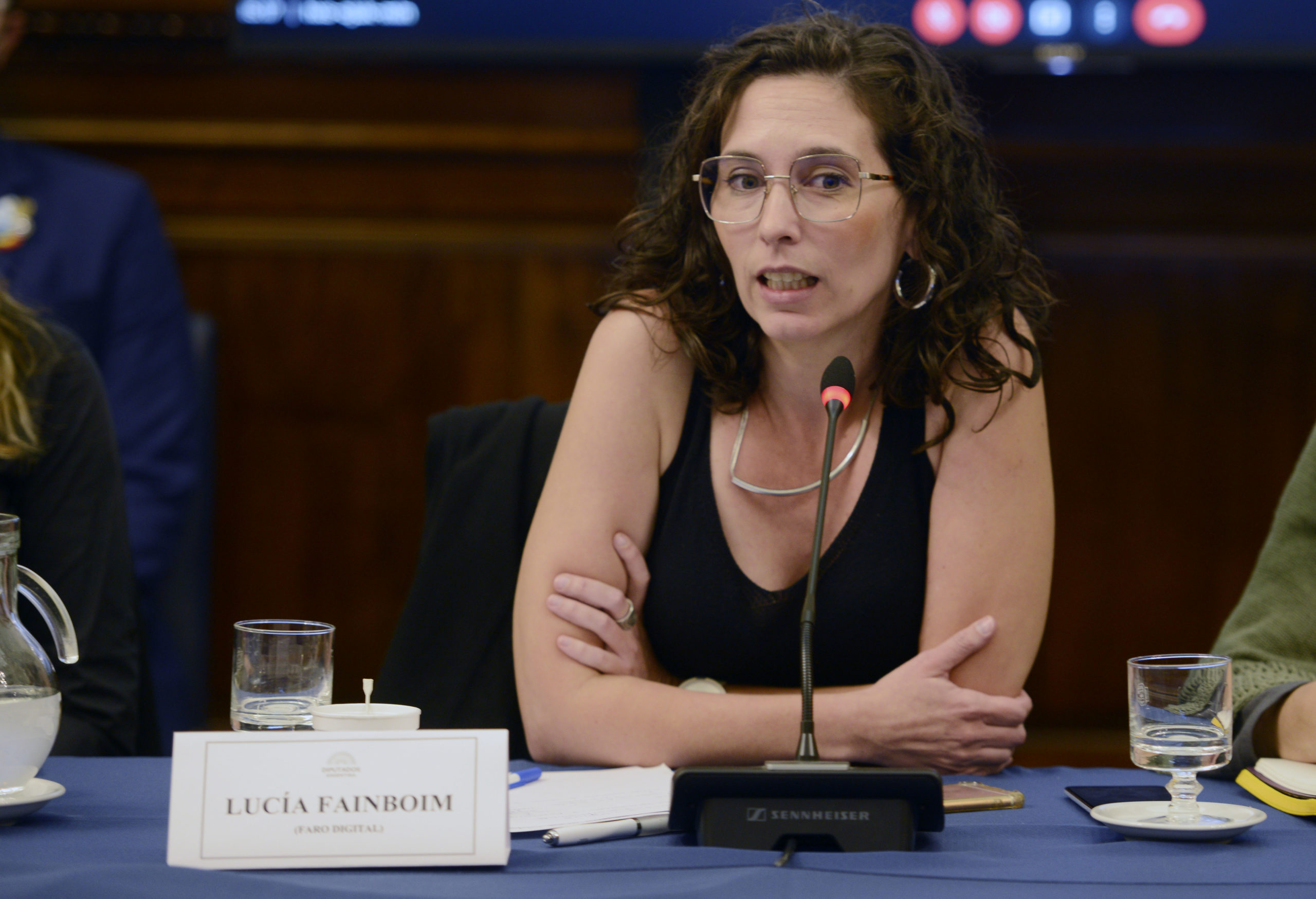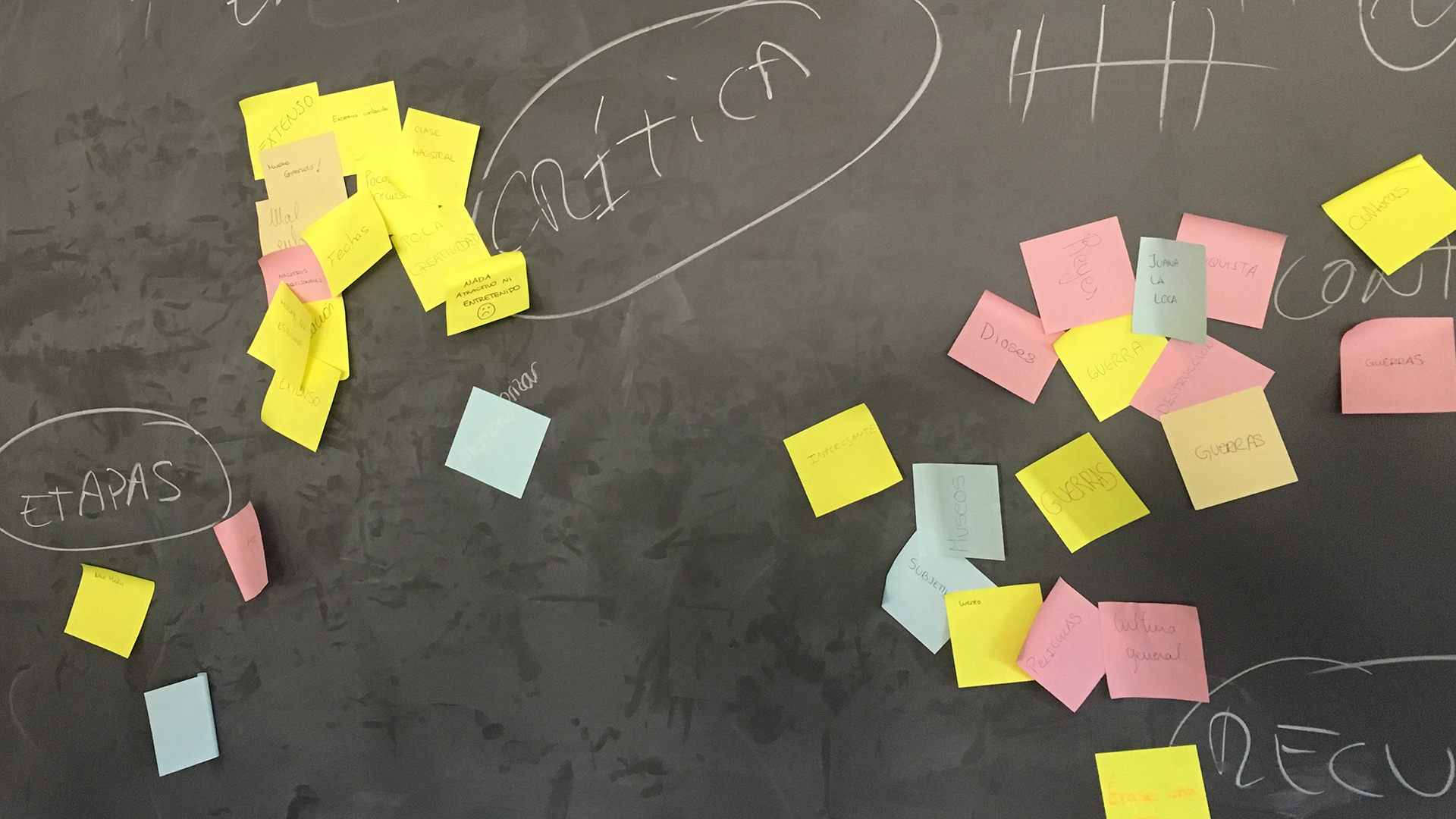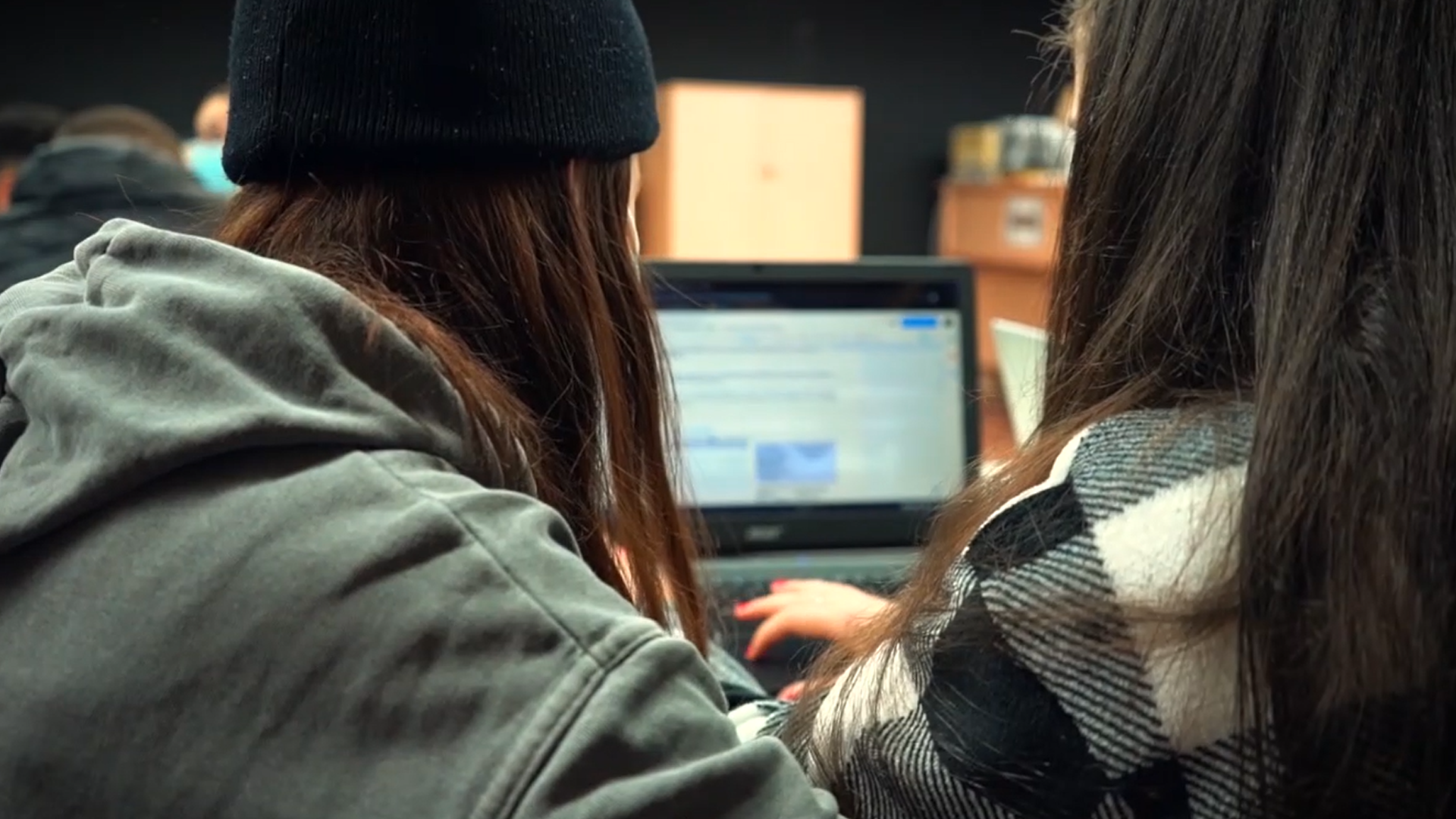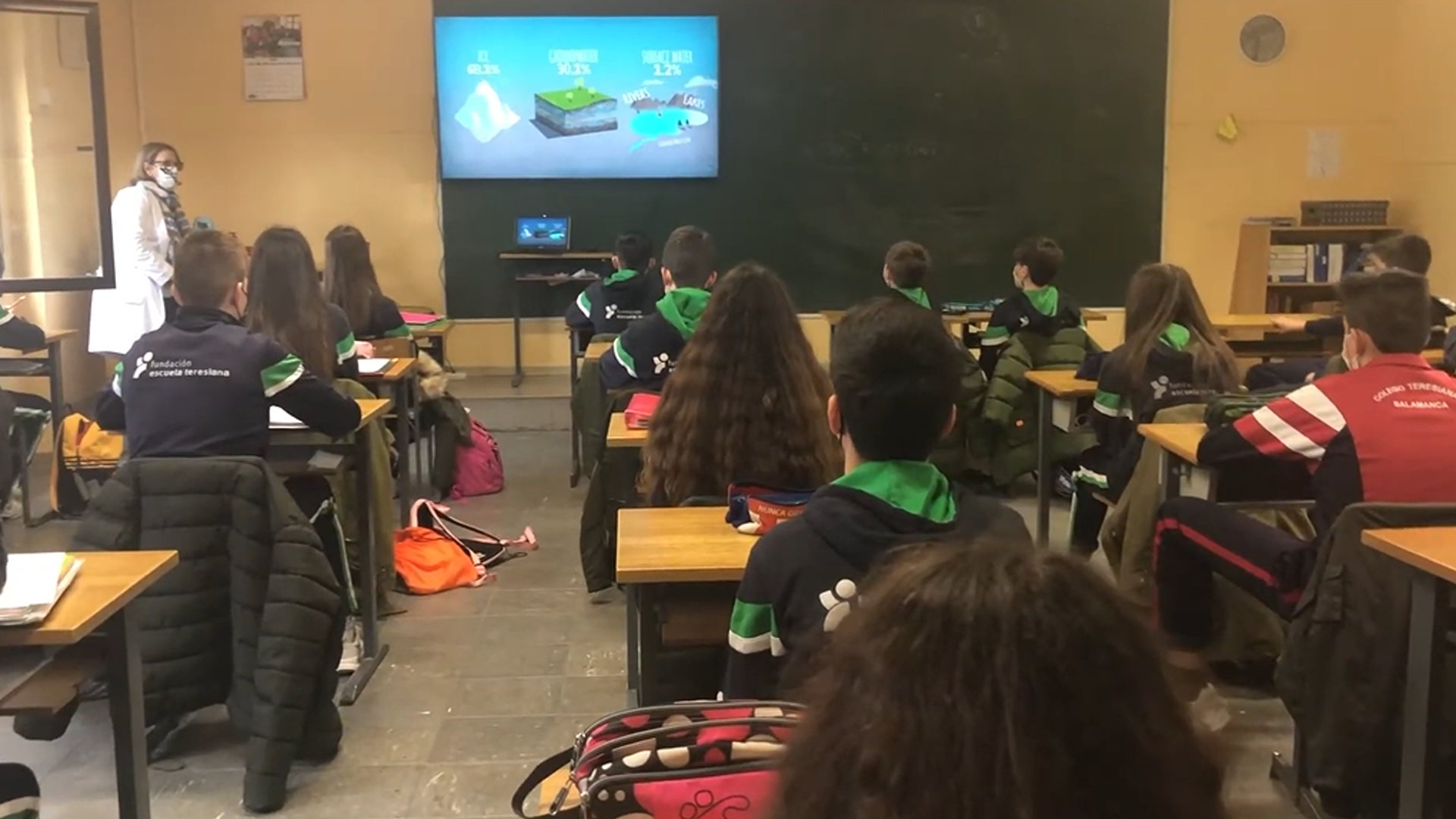Media Literacy
Classroom Experience
How to select information sources and avoid fake news
Buenos Aires, Argentina Show map
Students in groups carry out various activities where they compare and analyze sources of information, creating criteria to select the most reliable ones, conceptualizing their choices into advice, and producing pieces to raise awareness on the subject.
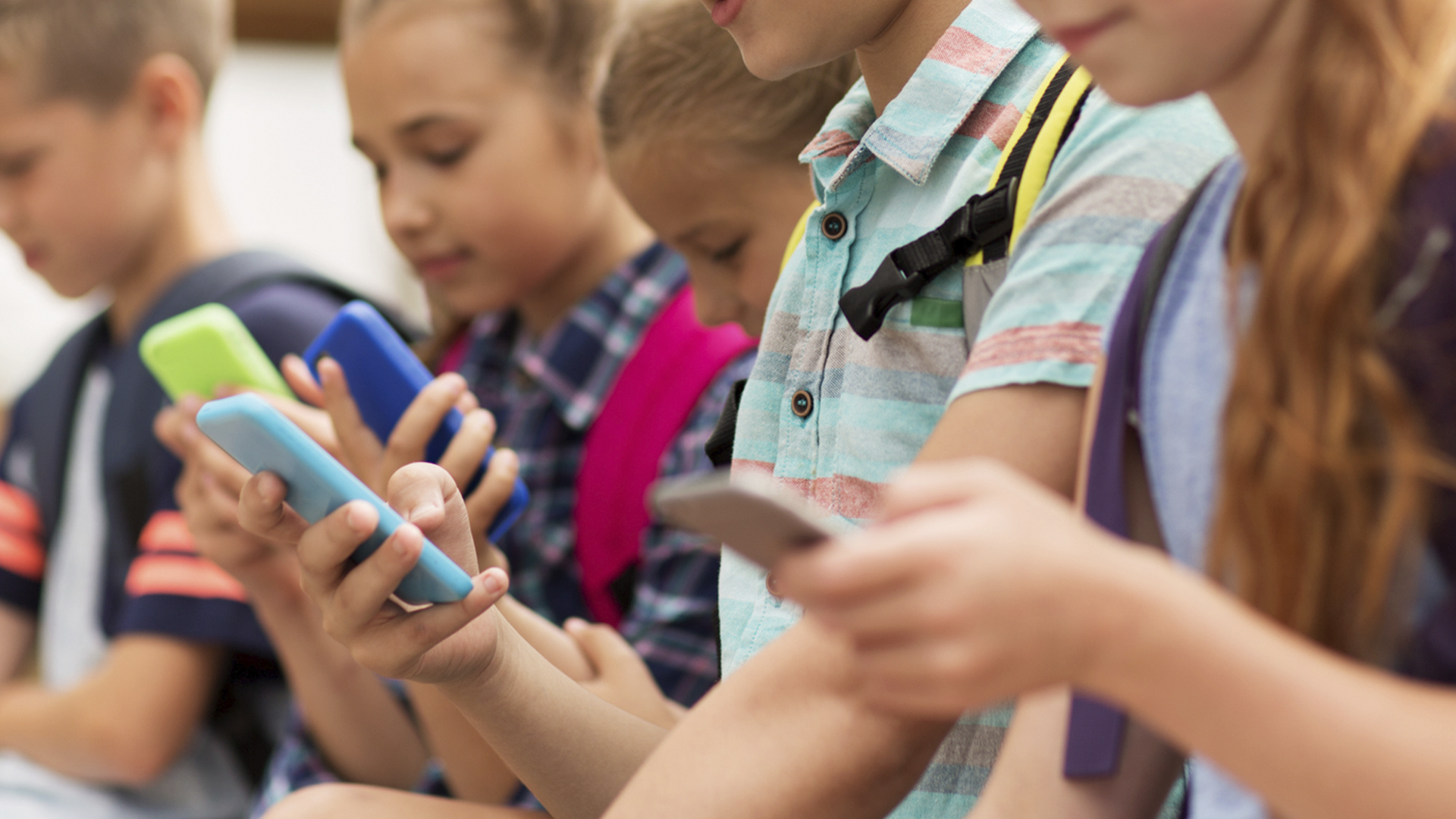

Context
This didactic sequence was designed for a private highschool of Buenos Aires City (Argentina) with a high socioeconomic status, whose students could use devices with Internet access both at home and at the school.
Highlights...
The students had no previous experience on the subject
Face-to-face modality
Objectives
Didactic Sequence
1
![]()
Let’s make a list of reliable sources!
The proposal is to work in groups of 3 or 4 students, choose a topic (environment, education, health, sports, etc.) and find at least five sources considered reliable. Students have to justify the criteria of their choices and record:
-What was considered relevant at the moment of selecting reliable sources?
-What made you dismiss certain sources as unreliable?
-Were there any unexpected findings during your search?
-What advice would you give to someone searching for sources of information?
-What should be taken into account when selecting a reliable source?
Authorship: information about the author’s education and career.
Institution or profile of the website: logo, name or official information about who is in charge of the information website and its values.
Dates: date of publication and or updating of the information.
Sources: mention the sources behind the published information.
URL: info on the relation between published information and the publishing website. Is the information a replica of other people or institutions’ or it is a primary source?
Quotes: Is this source quoted by other people when they talk about this topic?
-What was considered relevant at the moment of selecting reliable sources?
-What made you dismiss certain sources as unreliable?
-Were there any unexpected findings during your search?
-What advice would you give to someone searching for sources of information?
-What should be taken into account when selecting a reliable source?
Authorship: information about the author’s education and career.
Institution or profile of the website: logo, name or official information about who is in charge of the information website and its values.
Dates: date of publication and or updating of the information.
Sources: mention the sources behind the published information.
URL: info on the relation between published information and the publishing website. Is the information a replica of other people or institutions’ or it is a primary source?
Quotes: Is this source quoted by other people when they talk about this topic?
2
![]()
Debate
Debate about the various forms of sources and their importance.
https://concepto.de/fuentes-de-informacion/
https://concepto.de/fuentes-de-informacion/
3
![]()
Checklist
In groups of 2 or 3, students make a checklist of 5 items that should be analyzed when selecting a source of information.
https://www.who.int/es/news/item/23-09-2020-managing-the-covid-19-infodemic-promoting-healthy-behaviours-and-mitigating-the-harm-from-misinformation-and-disinformation
https://www.who.int/es/news/item/23-09-2020-managing-the-covid-19-infodemic-promoting-healthy-behaviours-and-mitigating-the-harm-from-misinformation-and-disinformation
4
![]()
Production
In groups of 2 or 3, students have to:
-Create a meme that deals with the importance of checking and comparing sources.
-Think of different hashtags to share the memes with clear slogans on the subject.
-Create a group piece of communication that can be published on social media with some of the chosen hashtags. It may be an infographic, a Twitter thread, a flyer, a video, etc.
https://www.cepal.org/sites/default/files/news/files/infodemia_-_caso_coronavirus_0.pdf
-Create a meme that deals with the importance of checking and comparing sources.
-Think of different hashtags to share the memes with clear slogans on the subject.
-Create a group piece of communication that can be published on social media with some of the chosen hashtags. It may be an infographic, a Twitter thread, a flyer, a video, etc.
https://www.cepal.org/sites/default/files/news/files/infodemia_-_caso_coronavirus_0.pdf
5
![]()
Personal question
Individually, students make a question derived from their work.
Assessment and Conclusions
Successes
Teamwork contributed to debate, interchange and collaboration among students.
Using tools of production related to digital culture increased their interest.
Using tools to spread their productions was an encouraging practice for students.
To Improve
Give clearer guidelines for link search.
Learn about how links and tabs work in search engines.
Students weren’t initially very knowledgeable on disinformation in general and on source comparing in particular. They showed an evident interest in the topics and in assimilating concepts.
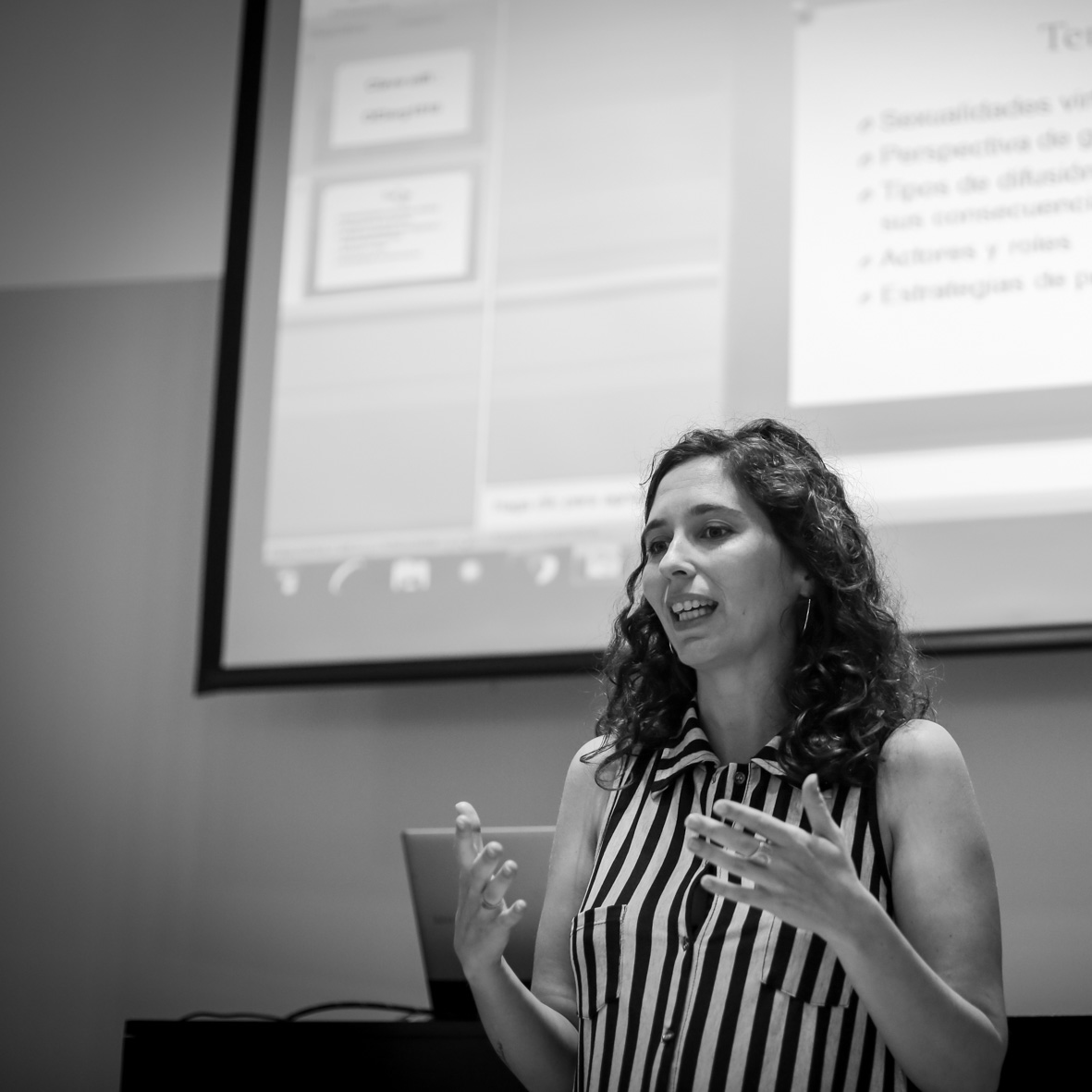
Take this experience to your classroom!
Tips to adapt the experience to your classroom
1
Propose
Students to leave their final personal question in a mailbox or anonymous space so they feel free to record their experience.
2
Set
Ethical guidelines when creating the meme: no discrimination or mocking.
3
Debate
At the time of debating the diversity of sources, have a list of reliable sources to analyze as examples.
Materiales y Recursos
Pedagogical Links
Technical Links
Complementary Exercises

